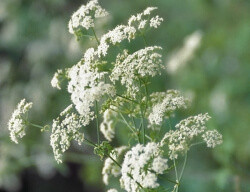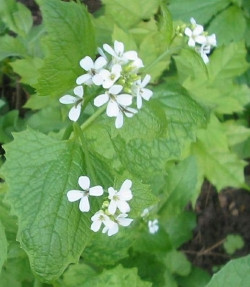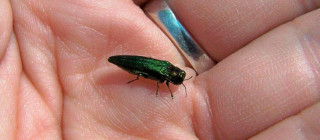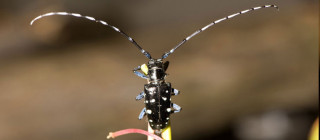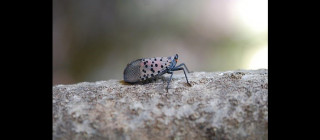Be Proactive!
You can help protect the local environment by becoming an Invasive Species Citizen Scientist. This project may be suitable for interested middle and high school students and adults from all walks of life. No prior experience necessary. Get trained, collect data, report your results, and make a difference!
Invasive species are plants and animals not originally found in a given area. They often arrive accidentally transported on the bottom of a shoe, in firewood or packing materials, to name a few. Once established, they can pose a major threat to wildlife, greenspaces, agriculture, and home gardens. Controlling or stopping their spread can be difficult costly and pose can other potential risks to human health and the environment.
Training
Two 90-minute trainings (via Zoom) were offered to identify three invasive insects and three invasive weeds that threaten Clark County's plant diversity. Recorded trainings now available online.
Invasive Plants Training
Learn to identify poison hemlock, tansy ragwort and garlic mustard; three noxious weeds in Clark County.
Invasive Insects Training
Learn to identify emerald ash borer beetle, Asian long horned beetle and spotted lanternfly, three "when-not-if" insects we expect to see in Clark County in the future.
After registering, you will receive a confirmation email from Zoom containing information about joining the meeting.
Training objectives include:
- Understand the impact of invasive plants and insects on our native habitat and agricultural industry.
- Identify three invasive plants and three invasive insects already found or expected to arrive in our areas.
- Carry out real-world searches for invasive species surveillance and collect reportable data.
- Play a role (if specimens are found) in alerting authorities on the presence of noxious plants and may be early detectors of invasive insects.
Monitoring
After attending the training sessions, volunteers are ready to set out to search for these species.
Volunteers may monitor as few or as many times as they like, visiting the same or a new spot each time.
Early detection of invasive species allows for the ability to track their spread, potentially halting their establishment. Citizen scientists can play an important role in discovering previously undetected individuals or populations and help stop the spread.
